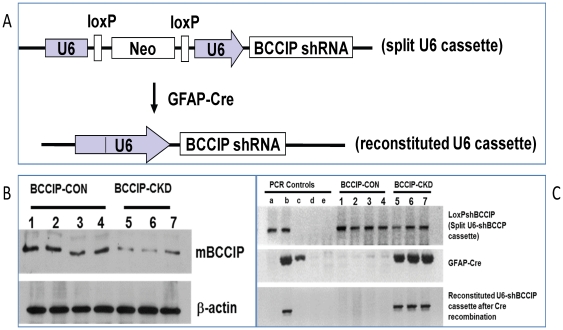Figure 1. GFAP-Cre mediated conditional knockdown of BCCIP.
(A) shows the strategy of LoxP-Cre mediated conditional expression of shRNA against mouse BCCIP gene. The U6 promoter is split and inactivated by the insertion of a LoxP-neo-LoxP fragment (upper panel). Upon expression of Cre-recombinase, the deletion of the Neo cassette between the LoxP sites reconstitutes a functional U6 promoter that drives the expression of the shRNA. (B) BCCIP protein levels from a representative litter of 7 mice resulting from breeding between LoxPshBCCIP+/+ and GFAP-Cre +/−. The brain tissues from 4 BCCIP-CON and 3 BCCIP-CKD mice at age P1 were used for DNA and protein extractions. Shown are Western blots of the brain protein extracts, and b-actin (loading control). (C) genotyping of the same litter of mice as panel B. The upper two panels are results from tail DNA to verify the presence of the split U6 promoter LoxPshBCCIP and the GFAP-Cre cassettes. The bottom panel is results verifying the reconstituted U6-shBCCIP cassette using DNA from the brain tissue of the mice. Five lanes (a, b, c, d, and e) of controls are also shown: a - DNA from the BCCIP-CON mice (LoxPshBCCIP +/−;GFAPCre −/−) ; b – DNA from a BCCIP-CKD mouse (LoxPshBCCIP +/−;GFAP-Cre +/−); c – DNA from a GFAPCre mouse; d - DNA from wild type mouse; and e - water as a negative PCR control. As shown here, all 7 (No. 1-7) littermates contain the original split U6 cassette in their tail DNA. But only the littermates (No. 5-7) with the GFAPCre cassette have reconstituted U6-shBCCIP cassette in the DNA extracted from brain tissues at P1.

